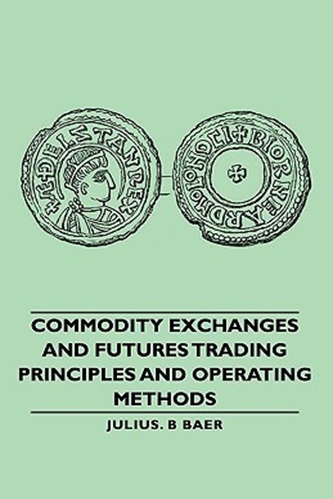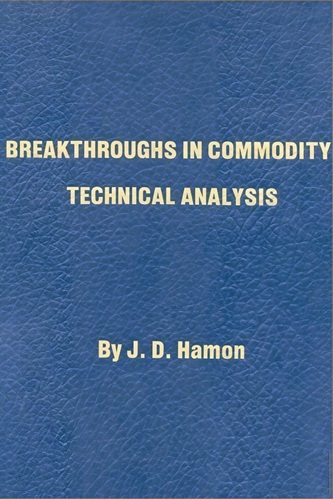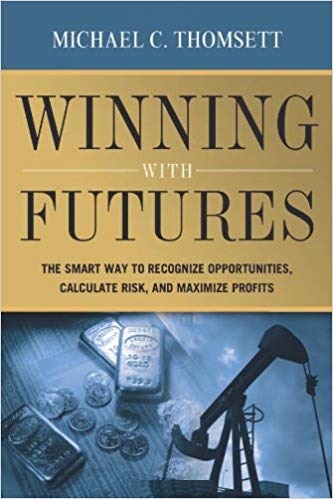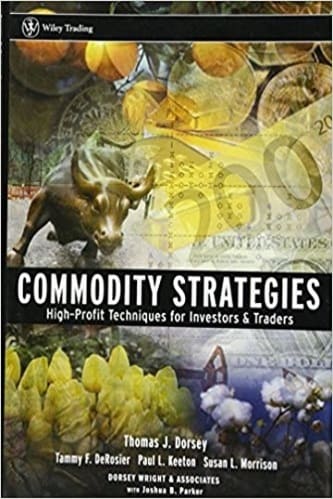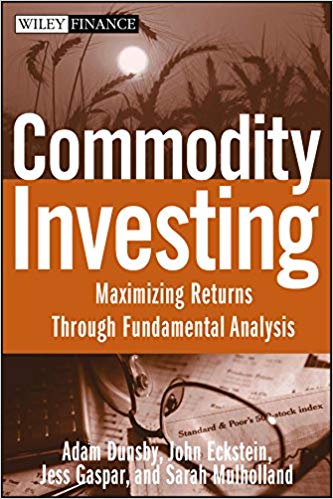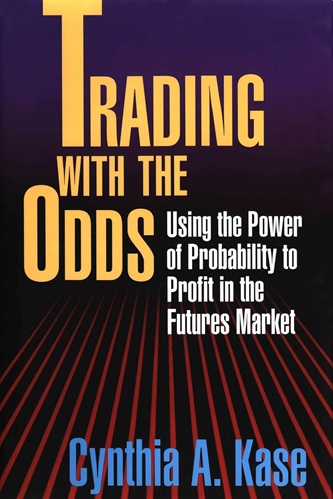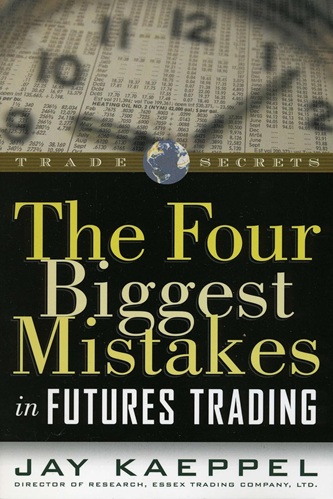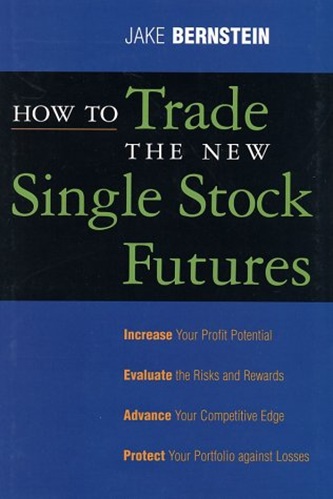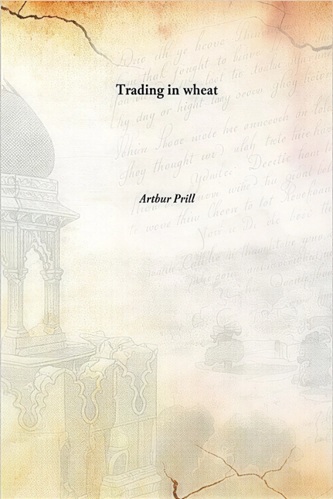Commodity Exchanges and Futures Trading
$19.49
| Author(s) | |
|---|---|
| Product Type |
Ebook |
| Format |
|
| Skill Level |
Beginner to Intermediate |
| Pages |
336 |
| Publication Year |
1949 |
| Delivery |
Instant Download |
Commodity Exchanges and Futures Trading by Julius H. Baer is one of the most authoritative early works on the structure, function, and purpose of organized commodity exchanges. Written in the early 20th century—when futures markets were rapidly evolving—this book explains in detail how futures contracts emerged as essential tools for hedging, speculation, and price discovery.
Baer, a respected economist and industry analyst, offers deep insight into how exchanges like the Chicago Board of Trade and New York Cotton Exchange shaped modern trading. He explains how contracts are standardized, how clearinghouses protect against counterparty risk, and how margin requirements keep speculation in balance with legitimate commercial activity.
More than just a historical record, this book remains a practical study in market discipline. Baer clearly distinguishes between speculation that supports price stability and reckless gambling that destabilizes markets. Traders, economists, and regulators alike can learn from his analysis of the moral, financial, and operational dimensions of speculation, many of which are still debated today.
Commodity Exchanges and Futures Trading is an indispensable work for anyone who wants to understand how today’s global derivatives system evolved from its earliest, most disciplined form.
✅ What You’ll Learn:
- How commodity exchanges were created to stabilize prices and improve trade transparency.
- The mechanics of futures contracts, margins, and clearinghouse operations.
- The difference between legitimate hedging and pure speculation.
- The role of brokers, dealers, and speculators in balancing supply and demand.
- How regulation and exchange rules maintain fair markets.
- The economic impact of futures trading on production, pricing, and risk control.
💡 Key Benefits:
- Understand the historical foundation of the futures market.
- Gain clear insight into how exchange systems prevent risk and manipulation.
- Learn the principles of responsible speculation and ethical trading.
- Strengthen your practical understanding of hedging mechanics and margin management.
- Build appreciation for the connection between commodity cycles, prices, and macroeconomics.
👤 Who This Book Is For:
This classic is ideal for:
- Commodity and futures traders seeking to master the institutional logic behind their craft.
- Gann and cycle traders who study historical market structures and timing.
- Economists and financial historians researching the origins of derivatives and regulation.
- Students of speculation aiming to learn how discipline and structure built efficient markets.
📚 Table of Contents:
- HISTORICAL DEVELOPMENT OF COMMODITY EXCHANGES
- THE ECONOMIC FUNCTIONS OF COMMODITY EXCHANGES
- SPECULATION A CONSTRUCTIVE ECONOMIC ACTIVITY ON COMMODITY EXCHANGES
- GRADING, STANDARDIZATION, AND INSPECTION
- PUBLICITY OF PRICES, CROP AND MARKET REPORTS, AND OTHER STATISTICS
- COMMODITIES ADAPTABLE TO FUTURES TRADING
- THE FUTURES OR EXCHANGE CONTRACT
- ORGANIZATION AND OPERATION OF A COMMODITY EXCHANGE
- THE CLEARING HOUSE AND ITS RELATION TO THE EXCHANGE
- A TYPICAL TRANSACTION ON THE EXCHANGE
- HEDGING
- HEDGING IN PRACTICE
- THE COMMODITY EXCHANGE ACT
- THE LAW OF COMMODITY EXCHANGESRELATIONS WITH THE STATE RELATIONS WITH MEMBERS
- THE LEGALITY OF CLEARING HOUSE OPERATIONS
- THE EXCHANGE AND THIRD PARTIES
Commodity Exchanges and Futures Trading By Julius Baer

